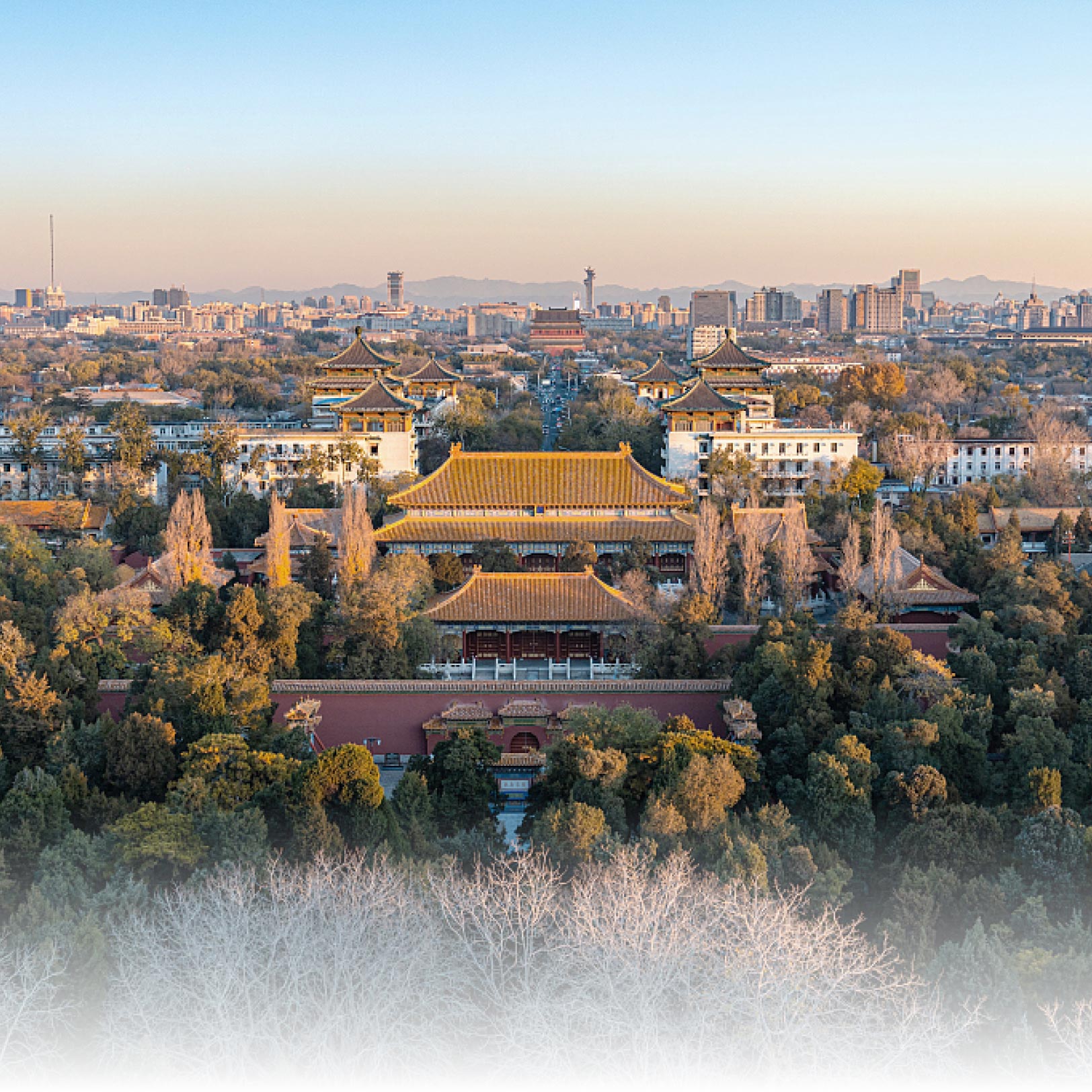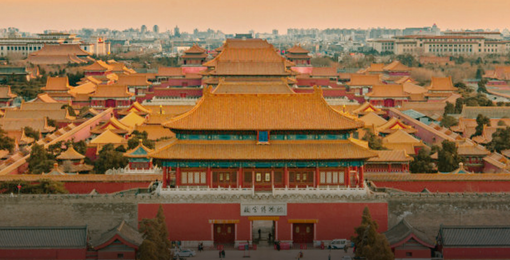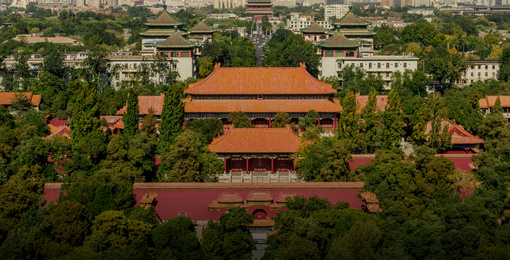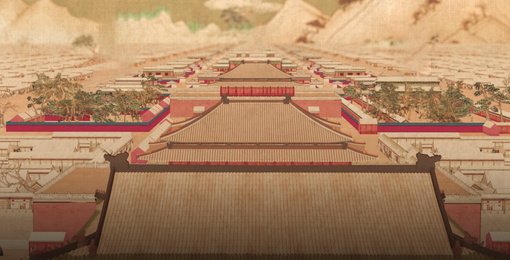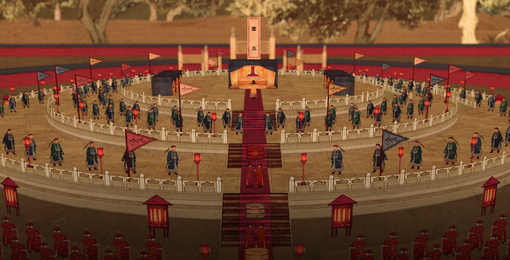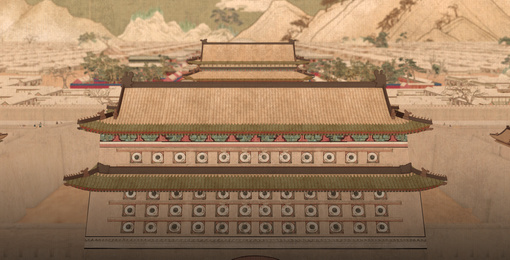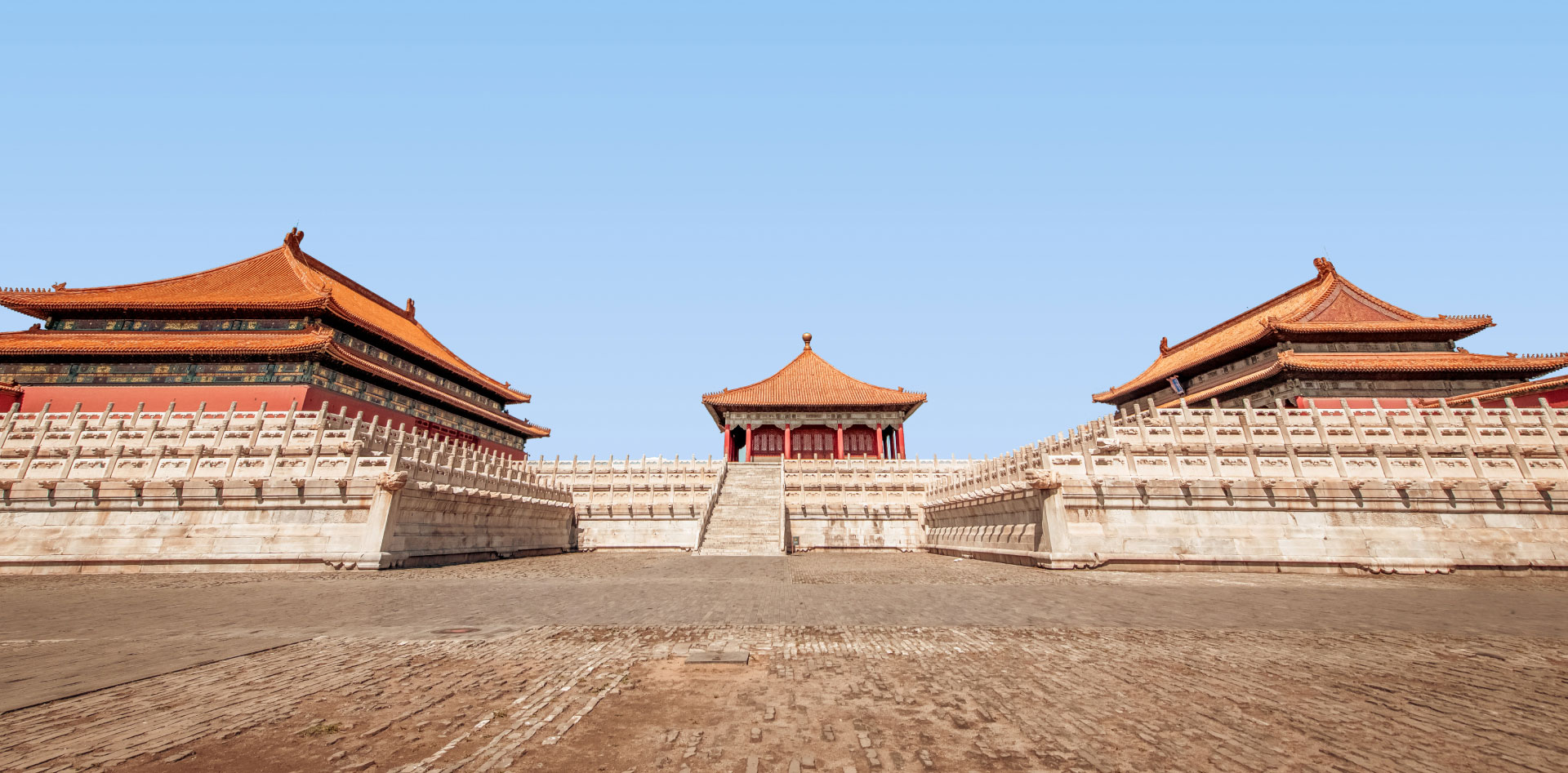The Three Main Halls are the core of the Outer Court. The Hall of Supreme Harmony was where imperial ceremonies took place. The 24 emperors of the Ming and Qing dynasties all held grand ceremonies here, such as enthroning a new emperor, crowning an empress, emperor’s wedding, or commanding a general to set out for a battle. In addition, the emperor also received officials and generals here and bestowed banquets to them during the three most important festivals each year, including the emperor’s birthday, the new year day and the winter solstice. The Hall of Central Harmony was where the emperor took rest and received officials congratulating the ceremony and read their congratulatory articles before a grand ceremony began at the Hall of Supreme Harmony. The Hall of Preserving Harmony was used by the Ming emperors to change their clothes before a significant ritual or receive officials congratulating the ceremony when appointing an empress or a crown prince. During the Qing dynasty, the emperor would host a grand banquet here on the New Year’s Eve and the Lantern Festival to entertain vassals, princes and senior officials. The final imperial examination and banquets in honor of the father of the princess’s husband and officials’ family members would also take place here.
The Hall of Supreme Harmony is ranked among the highest-grade of design on Beijing Central Axis. It is a palatial-style building 11bays wide and 5 bays deep, with a double-eave hip roof of yellow glazed tiles. Supporting the hall are 72 pillars, six of which are decorated with a coiling dragon pattern laced with gold. The Hall of Central Harmony is north of the Hall of Supreme Harmony. It is square in plan, 5 bays in width, covered by a single-eave, four-corner pyramid roof. The Hall of Preserving Harmony is 9 bays wide and 4 bays deep covered with a double-eave gable-and-hip roof of yellow glazed titles. Its grade is only second to the Hall of Supreme Harmony






